Islam gained influence in India under the Mughals in the sixteenth century.
1526 - 1858
Islam gained influence in India under the Mughals in the sixteenth century.
1526 - 1858
We're adding new content all the time!
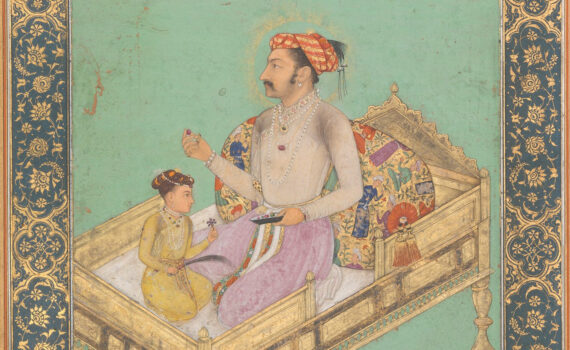
Mughal miniatures combined intellectual erudition with artistic sophistication to create objects of everlasting beauty.
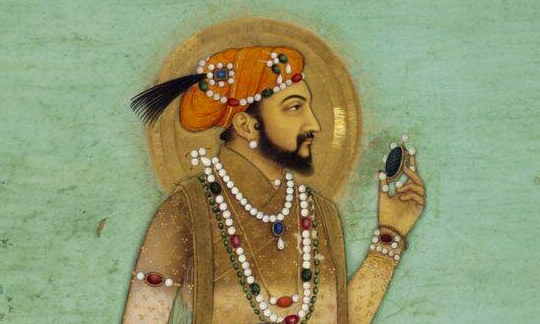
Emeralds symbolized the exotic and the rare—the perfect emblem to encapsulate the wealth and aspirations of the Mughal emperor Shah Jahan.
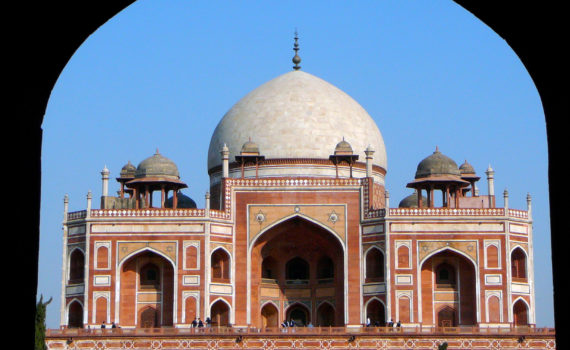
This tomb, built in 1570, is of particular cultural significance as it was the first garden-tomb on the Indian subcontinent.
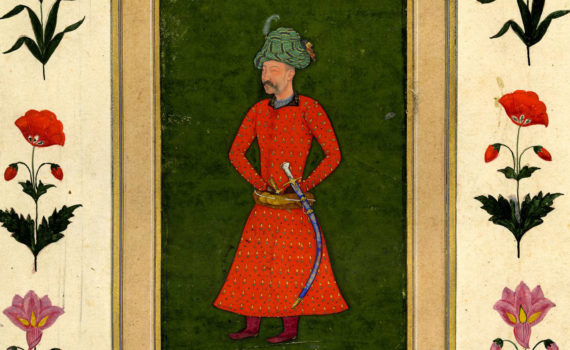
Likenesses of rulers and dignitaries played a significant role in diplomacy.
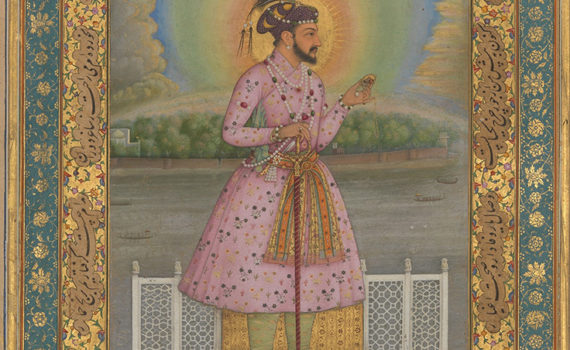
Curious about the vibrant colors in Mughal paintings? Learn about the art of imperial painting here.
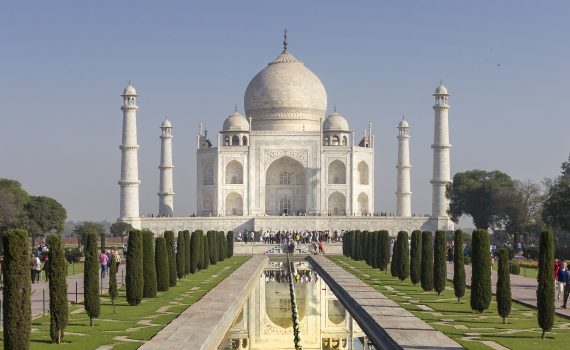
This huge white-marble mausoleum is recognized the world over for its splendor, symmetry, and stunning gardens.
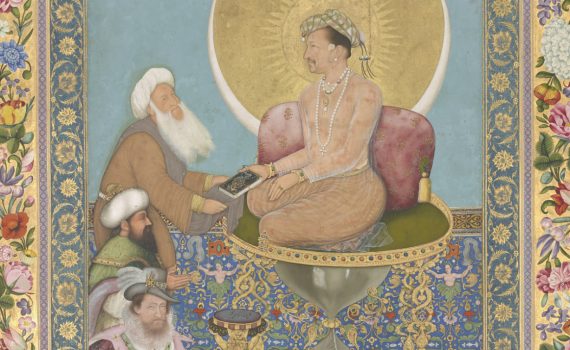
Who’s that in the plumed hat? From emperors to kings, the painter Bichitr mastered court portraiture.
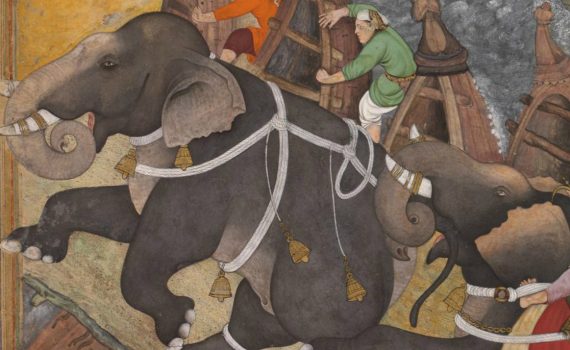
Under Akbar the Great, the Mughal style of painting blended Indian, Persian, and Western artistic traditions.